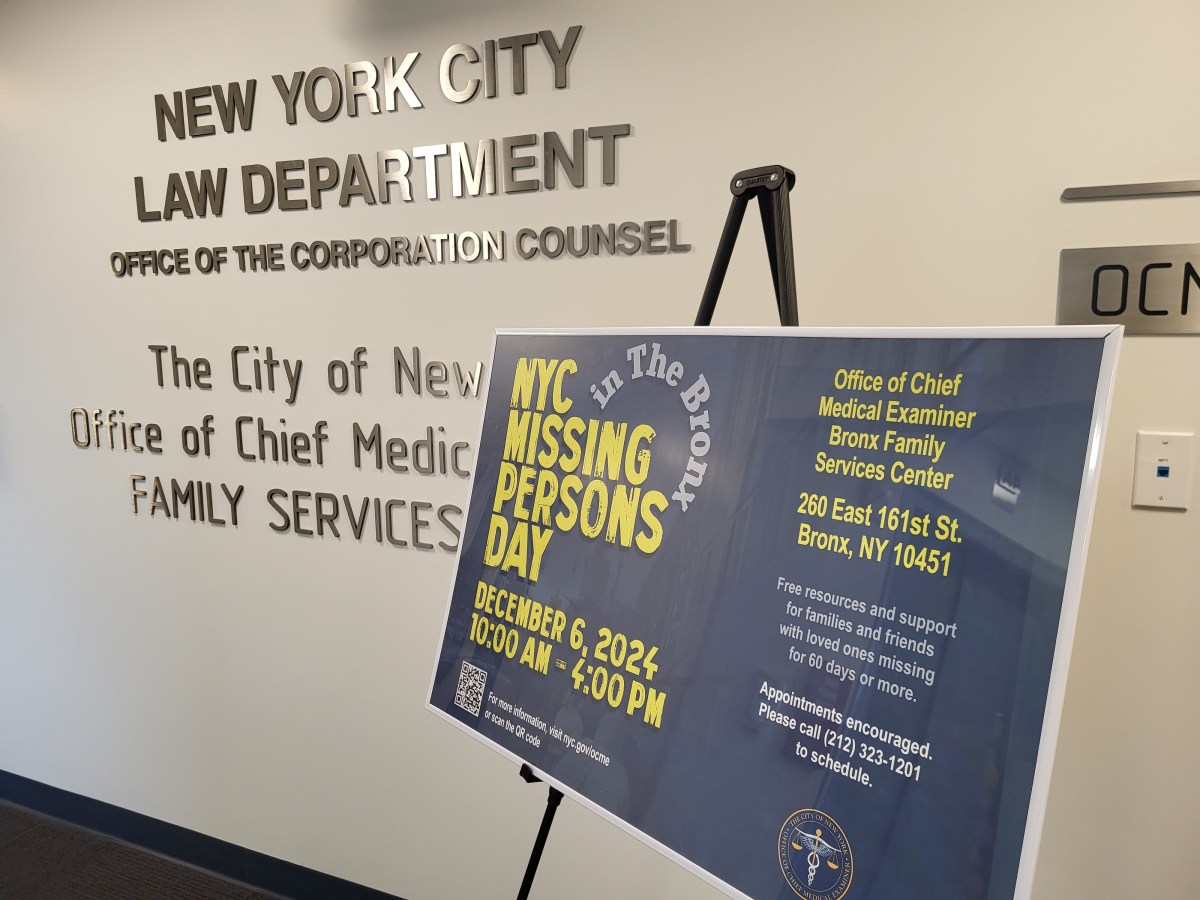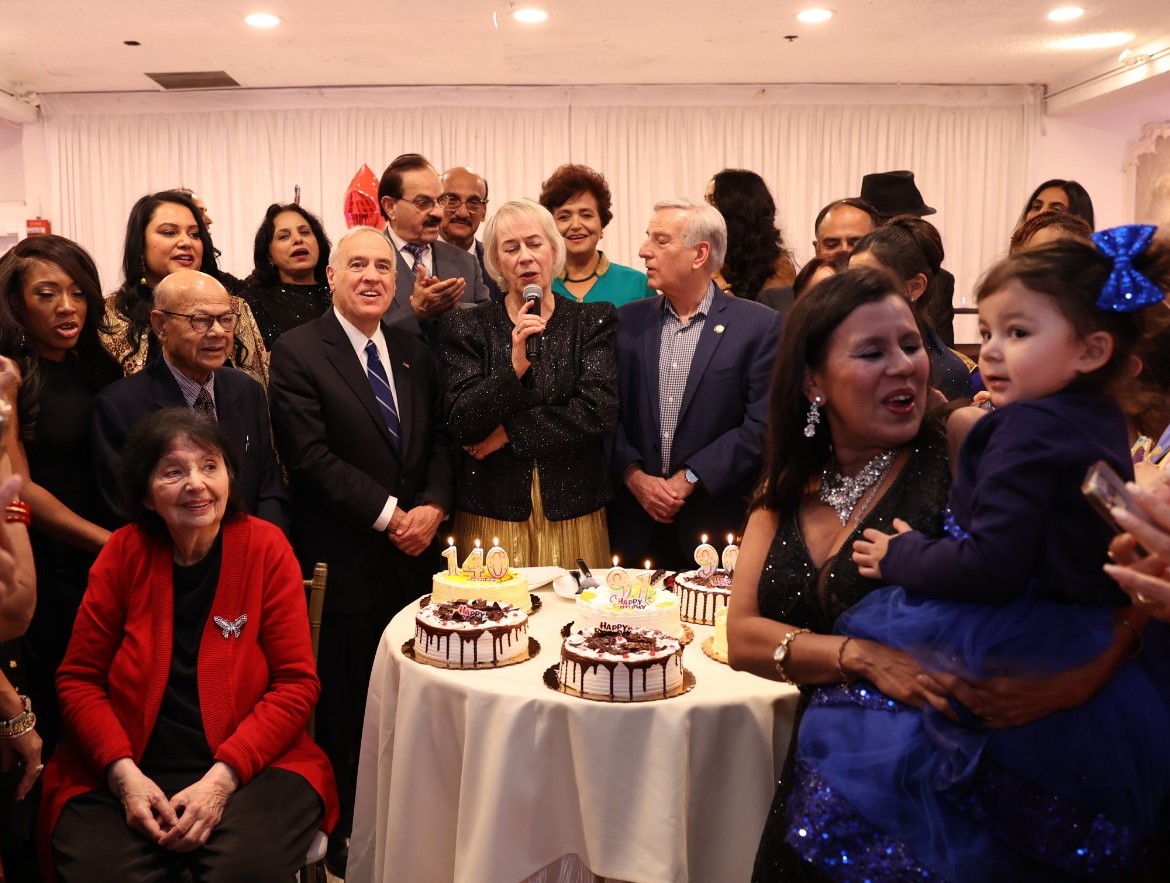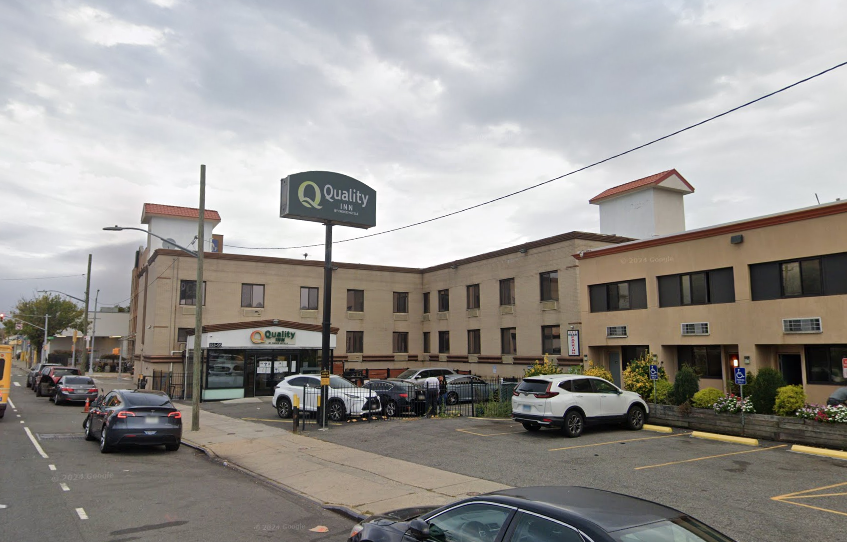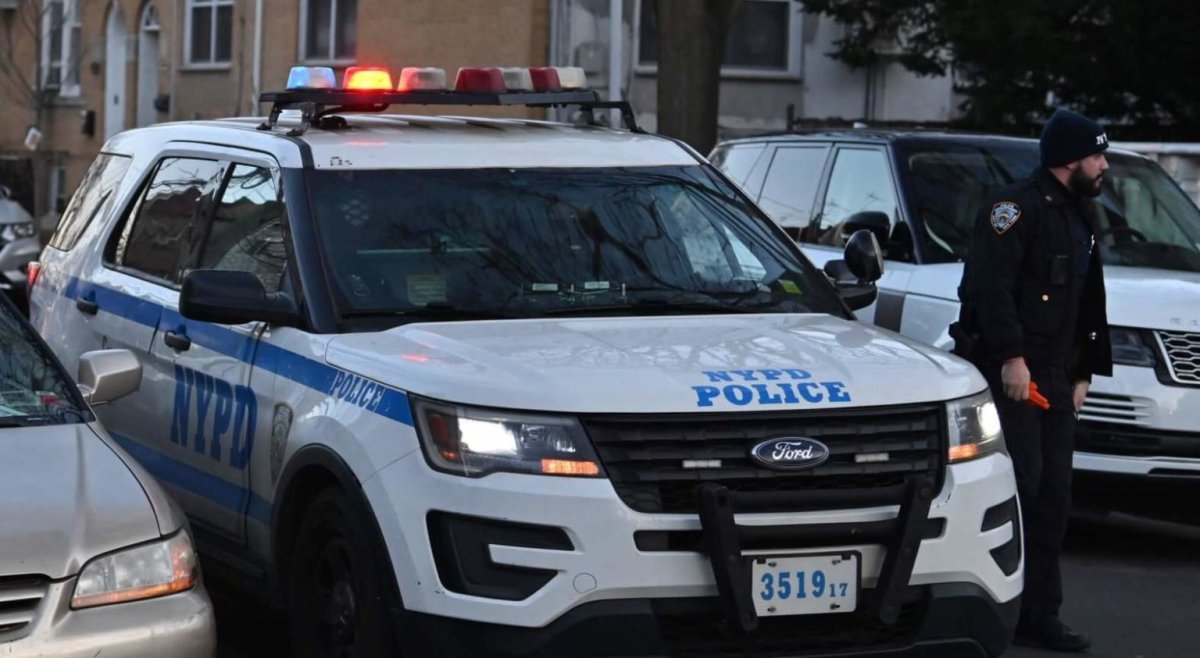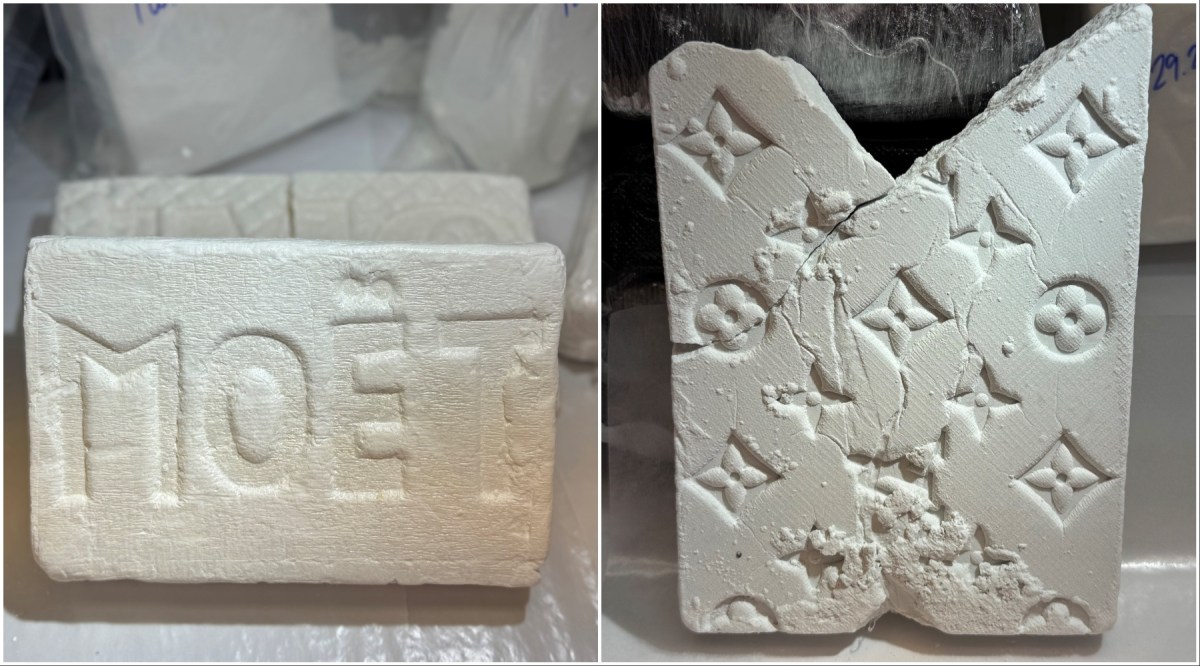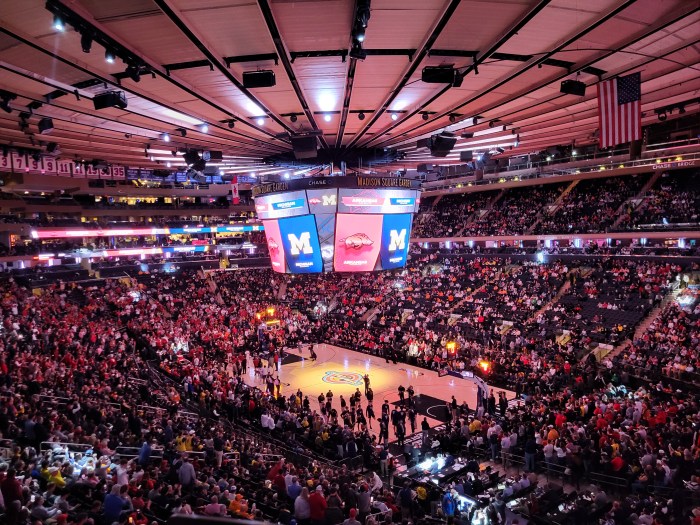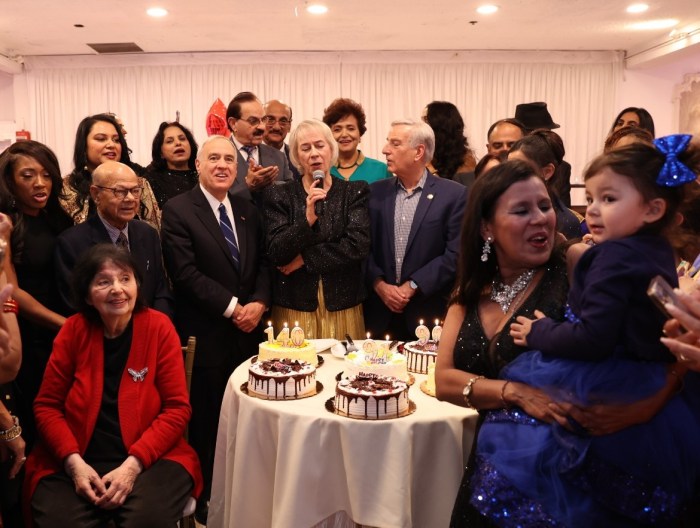By ANDREW BERMAN | It’s been talked about and debated for years. But now the moment has finally arrived. New York University has filed its application for a series of city approvals to allow its 20-year expansion plan.
If approved, N.Y.U. would shoehorn 2.5 million square feet of space — the equivalent of the Empire State Building — into the blocks south of Washington Square Park. The plan would not only have an enormous impact upon the immediate area, but the entire Village, as well as surrounding neighborhoods. And it would set dangerous precedents that could allow similar overbuilding throughout the city, in areas where it was never intended.
To understand how this would be so, one has to look at what N.Y.U. is actually asking for. The university is seeking a series of zoning changes that would greatly reduce the amount of open space it is required to provide as offset for the enormous buildings that currently exist, as well as the new ones that they would like to build, in the former urban renewal superblocks occupied by Washington Square Village and Silver Towers. Some are fans of these midcentury, modern, tower-in-the-park complexes designed by S.J. Kessler and I. M. Pei, respectively. (Both have been ruled eligible for the State and National Register of Historic Places, while the Silver Towers complex has also been landmarked by New York City.) On the other hand, some find these complexes’ designs out of place and lacking.
Whatever your opinion, the clear rationale for both complexes was that very large buildings (among the largest anywhere in the Village) would be offset by generous open space. This was not only a design philosophy, but reflected the city’s zoning rules and the urban renewal terms for the site, which were crafted to ensure that the public got open space in perpetuity in return for these very large structures.
But now, N.Y.U. is asking for the rules to be changed. The university not only wants the rules changed to vastly reduce the amount of open space it must provide, it wants urban renewal deed restrictions lifted that currently prohibit construction on the site of the supermarket at Bleecker St. and LaGuardia Place. And the university wants several pieces of public land along Bleecker, Mercer and W. Third Sts. and LaGuardia Place given over to it directly, or granted “easements” to it, allowing N.Y.U. to build under them and close them for private use for years at a time.
The result? N.Y.U. would build four enormous new buildings over the course of 20 years, larger and taller than the existing Silver Towers and Washington Square Village, adding millions of square feet to its presence in the Village. “Towers in the park” would become towers on top of towers on top of towers, much more similar to Midtown Manhattan than the Village.
As we know, over the last several decades, N.Y.U.’s growing presence in the Village has had an enormous impact not just on the immediate vicinity of its facilities, but for blocks around. Not only do more and more blocks around Washington Square, Third Ave., Union Square, University Place and Lower Fifth Ave. feel almost entirely given over to N.Y.U., but the presence of a growing number of N.Y.U. students can be felt in places like the East Village and Lower East Side, where the rental market and nightlife scene have been tremendously impacted by this ever-expanding presence.
But the impact of allowing N.Y.U. to move ahead with this plan won’t be limited to “more of the same” in and around the Village — more out-of-scale buildings, a further tipping of neighborhood character toward a single, large institution, and more crowds, students and a more transient population. By granting these approvals, the City Council and the City Planning Commission would be opening the door to similar giveaways of public land, and to turning other urban renewal superblocks — land where extra-tall towers were allowed with the understanding that they would always be offset by generous amounts of open space — into massive development sites with huge towers shoehorned between other huge towers. Such superblocks with similar open-space restrictions can be found throughout the East Village, Lower East Side, Chinatown, Chelsea, Tribeca and virtually every neighborhood in Manhattan.
For all these reasons, it’s critical that N.Y.U.’s plans not be approved, and that it consider alternatives for its expansion instead. One such alternative that the Greenwich Village Society for Historic Preservation has long urged N.Y.U. to consider is the Financial District. There, N.Y.U.’s planned development would be contextual and welcome, and would add needed elements to that growing neighborhood, rather than oversaturate and overwhelm, as it would in the Village and surrounding area.
The roughly seven-month public review and approval process for N.Y.U.’s proposal will provide ample opportunity for the public to make its feelings known, and for the plan to be rejected, if we seize them. Community Board 2 will hold multiple public hearings followed by a final vote in February; it’s essential that we get the board to completely reject the plan. From there, Borough President Scott Stringer gets 30 days to consider his vote on the plan, and here too it is absolutely essential that the borough president vote to reject the plan in is entirety. While these two votes are advisory, they will have a large impact in setting the tone for the approval votes to follow.
Following this, the City Planning Commission will hold hearings and vote on the plan; without the commission’s approval, the plan cannot move forward. The commission consists of seven members appointed by the mayor, one appointed by each of the five borough presidents, and one by the public advocate. All of these officials must hear from us about why approval of this plan would be so misguided and dangerous.
The final step in the process is the City Council; without the City Council’s approval, the plan fails. The Council is supposed to reflect and consider the concerns of the local community in the land-use approval process, and traditionally defers to the local councilmember on such issues. The N.Y.U. superblocks are located in the northern end of Margaret Chin’s Council District 1. However, on land-use issues of citywide significance, such as the N.Y.U. application, the full Council, as led by Speaker Christine Quinn, will likely exert a strong influence on the final decision.
Thus Councilmember Chin and Speaker Quinn will have a huge say — and possibly the final word — on whether or not the N.Y.U. plan is approved. So they must hear from us now, loudly, clearly and in large numbers, that we need them to reject the N.Y.U. plan.
A seven-month approval process for a 20-year expansion plan that will change the character of our neighborhoods forever has just begun. If the decision-makers don’t hear from us now — Community Board 2, Borough President Stringer, Public Advocate Bill de Blasio, Mayor Bloomberg and, most importantly, Councilmember Chin and Speaker Quinn — we will lose our say in the future of our communities. And, quite possibly, we will lose much of what we love and hold dear about our neighborhood.
Don’t let this happen. Contact these elected and appointed officials now, and urge them to reject the N.Y.U. plan.
Berman is executive director, Greenwich Village Society for Historic Preservation






